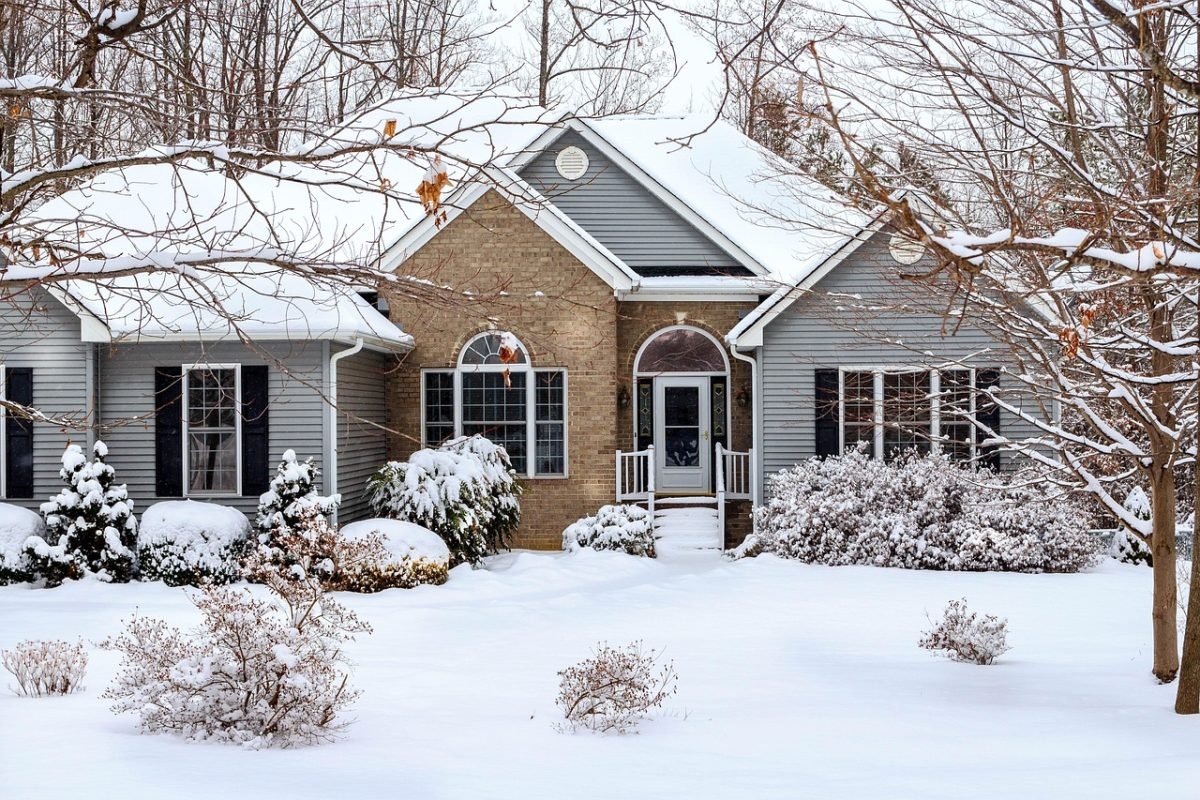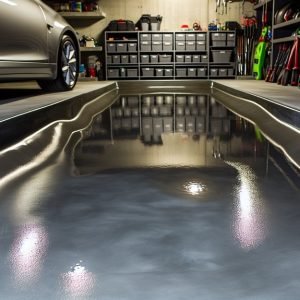Last Updated on October 30, 2025 by teamobn
Building a home in Northeastern USA comes with unique challenges. Cold winters, strong storms, and changing seasons all impact your choices. If you want a house that stands the test of time, smart planning is key.
You can make better decisions for durability, comfort, and efficiency by understanding what works best for the Northeast climate. New materials and new building methods are making it easier to create homes that are stronger and save more energy than ever before.
Contents
Key Considerations for Smarter Home Building in the Northeast
Building in this region brings special challenges and opportunities due to the climate, strict regulations, and history of older homes. You need careful planning and smart choices to build a home that will last and stay comfortable all year.
Adapting to Regional Climate Challenges
The region faces cold winters, snow, and changing temperatures. You must plan for good insulation to keep heat in and lower your energy bills. Double or triple-pane windows help keep warm air inside and stop drafts.
Proper drainage systems protect your basement and foundation from melting snow and rain. Choose ENERGY STAR-rated appliances and heating systems that work well in cold weather. Roofs need extra care in this region. Snow loads are heavy, so a sturdy roof design is necessary.
Ice dams on roofs can cause leaks and water damage. Good ventilation and professional installation from a local roofing expert will keep your roof working well all year.
Compliance With Local Building Codes
Every town and city in the region has its own building codes. These rules keep your home safe and help with insurance and resale value. You must get the right permits before you start building or renovating.
Energy codes can be strict, with requirements for insulation, window ratings, and air sealing. Local codes may also set rules for snow load, roof pitch, and the distance between homes.
Hiring a contractor who knows the local codes can help you avoid problems and delays. Building inspectors will check your work at different stages to make sure all rules are followed. If you skip steps, you could face fines or have to redo parts of your project.
Selecting Durable Materials
Weather in the Northeast is tough on homes. You should pick materials that can handle snow, rain, ice, and rapid temperature changes. Fiber cement siding, brick, and vinyl all resist water damage well.
For the roof, materials like asphalt shingles or metal can stand up to snow and ice. Moisture-resistant and insulated doors help save energy and keep the cold out. Choosing high-quality windows with strong frames helps prevent drafts and water leaks.
Look for materials with long warranties and products made for cold climates. Working with local suppliers lets you find products that have been tested in the area. A well-built home with durable materials will need less repair and stay comfortable in every season.
Innovative Technologies for Northeast Homes
Winter temperatures and frequent storms in this part of te country create unique challenges. You can make a real difference in comfort and heating bills by using new home technologies built for this region.
Smart Energy Management Systems
Smart energy systems help you control how much power your home uses. They connect to your thermostat, smart plugs, and appliances to track energy use throughout the day. Many systems, like Sense or Schneider Electric’s Wiser, offer real-time feedback.
With smart energy management, you can set heating and cooling schedules. You can also turn off lights or lower the heat remotely using a phone app. Some products learn your habits and suggest ways to save electricity.
Here’s a quick comparison:Feature Benefit Example Devices Remote control Save energy anytime Ecobee SmartThermostat Usage reports Lower your bills Sense Energy Monitor Auto-scheduling Avoid waste Nest Learning Thermostat
These systems help you reduce high costs, especially in winter.
Advanced Insulation Solutions
Insulation is important for all homes because it keeps warm air in during the winter and out during the summer. There are several advanced options that go beyond old fiberglass batts.
Spray foam insulation forms a solid barrier and fills gaps better than traditional materials. It helps stop drafts and prevents moisture from getting inside. Another option is rigid foam panels, which provide a strong layer for basement and attic walls.
Look for insulation with a high R-value, which tells you how well it keeps heat from passing through.
Benefits include:
- Fewer cold spots
- Lower heating costs
- Better indoor air quality
- Less mold and moisture problems
Choosing the right insulation means you spend less on heating and stay more comfortable.
Home Automation Integrations
Home automation brings smart controls to everyday tasks. Automation can help you manage heating, lighting, and security even during power outages or storms.
Smart thermostats let you set detailed temperature schedules. Smart lights can turn on when you arrive home or off when you leave. Many people install smart sensors that alert you to leaks or frozen pipes before there is serious damage.
Benefits of these systems:
- Peace of mind: Get alerts for problems like water leaks.
- Convenience: Control devices with your voice or phone.
- Energy savings: Automate lighting and temperature for better efficiency.
With proper automation, you keep your home running smoothly in every season.
Sustainable Design Strategies
Smart home building in the Northeast uses natural resources wisely, limits waste, and helps manage energy costs. Choosing the right design can keep your house comfortable all year, lower bills, and cut your impact on the environment.
Passive Solar Design Techniques
Passive solar design uses the sun’s energy to heat and cool your home. Start by placing windows to face south, where they can catch the most winter sunlight. Use large, insulated windows on south-facing walls, and smaller windows on the north side to reduce heat loss.
Thermal mass—like concrete, brick, or stone floors—can store heat from the sun during the day and release it at night. Install overhangs or shades to block the high summer sun, helping keep rooms cooler in hot weather. Use tightly sealed building envelopes to stop drafts and hold in warmth.
Key features to include:
- South-facing windows
- Thermal mass materials
- Well-insulated walls and roofs
- Shading devices
These steps let you use less fuel for heating and cooling throughout the year.
Water Conservation Methods
Fresh water supplies in the Northeast can be strained by drought, aging infrastructure, or overuse. Smart water use starts with low-flow fixtures such as toilets, faucets, and showerheads. These use much less water without sacrificing comfort.
Install rainwater harvesting systems to collect water from your roof. Use this for irrigation or even toilet flushing if local rules allow. Rain gardens and permeable paving help slow down stormwater runoff and reduce pollution.
Simple steps for water savings:
- Low-flow fixtures
- Rainwater harvesting
- Rain gardens
- Permeable driveways and patios
You can cut water use and lower utility bills by picking just a few of these strategies.
Low-Impact Site Preparation
Site preparation shapes your home’s footprint and its effect on the landscape. Protect local wildlife and natural features by keeping as much original land as possible. Avoid cutting down mature trees, as they offer shade, block wind, and support wildlife.
Plan your driveway and walking paths to follow the land’s natural curves. This helps keep soil in place and prevents erosion. Choose native plants for landscaping since they need less water and care.
Important practices:
- Limit tree and soil removal
- Use native plants
- Design driveways to fit the land’s slope
- Protect wetlands and streams
These actions help you build a home that fits the site, saves energy, and supports the local environment.






